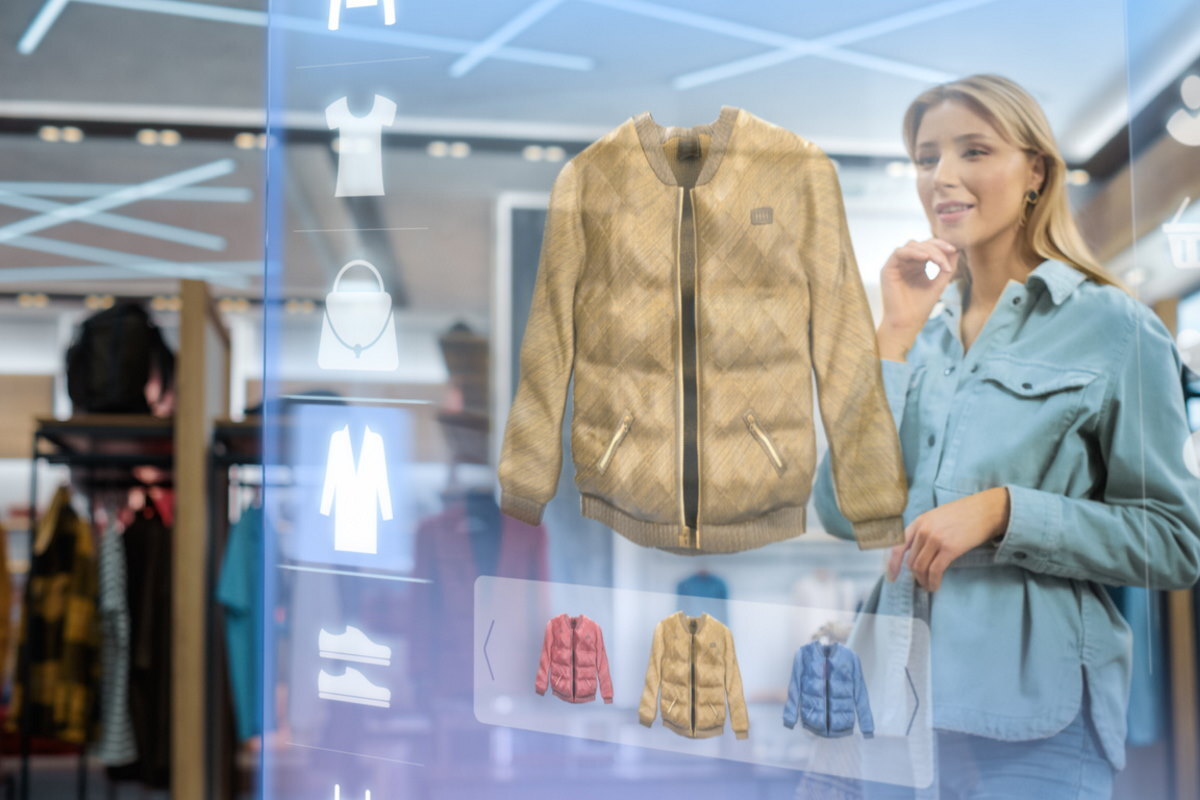Customer loyalty in the age of the metaverse

Melissa Minkow at CI&T describes how the metaverse will change retail customer loyalty forever
Retailers know that loyalty matters. It leads to more sales and makes customers more likely to stand by them. 86% of loyal customers would recommend a product to family and friends, while 46% would stay loyal even if they had a negative experience with a brand.
But in the modern world loyalty is about more than repeat purchases. Customers are buying into digital tools, rewards, and in some cases virtual products. Aspects of the so-called “metaverse” are more than a fad chased by early adopters – they will increasingly be integrated into customer journeys and product offerings in order to build and maintain loyalty.
Enter the metaverse
The metaverse seemingly set the world on fire overnight. Facebook’s parent company changed its name to Meta to widespread media attention. Meanwhile, Microsoft bet big on a gaming-oriented metaverse proposition with a $68.7 billion acquisition of Activision Blizzard, in addition to its workplace-focused Teams platform.
In practice, the technologies that underpin the metaverse – VR, video calls, and more – have been in circulation for years. But advancements in connectivity, plus a pandemic-fuelled uptake of online channels and digital services, mean that tech firms believe consumers are now ready to embrace virtual ways of living, working, and playing.
We’ve seen proof of this within retail. As virtual storefronts and products are increasingly employed alongside real-life shopping, a recent study has found that 70% of consumers who visited a virtual store made a purchase. And the types of items that people are buying online are changing, too.
Tokens and virtual wearables
The past few years have seen an increased emphasis placed on digital products, from blockchain-validated NFTs being sold by Selfridges, to Balenciaga releasing a collection of outfits on Fortnite. Purchases of physical products can also be paired with digital products, as Adidas has shown with its recent collection.
While this may appear to be a bubble to some, the underlying shift is here to stay. This change will be driven by younger generations. Nearly 75% of Gen Z shoppers have bought a digital product within a video game experience.
Previously, criticism has been levelled at gaming companies for encouraging young players towards microtransactions and purchases of ‘loot boxes’. But as countries like the UK tighten rules around in-game purchases, and legal experts shift their focus to regulations around virtual ownership, metaverse users can expect a safer, more rewarding shopping experience that they want to return to again and again.
Why buy?
Above all, purchasing digital products like branded skins within a video game, NFTs, or crypto comes down to trust. Customers buying digital products must believe that a company or virtual environment will have value in the long term, whether that be social capital with their friends or resale value. In this sense, they might as well be buying stock in the company – these purchases are an investment in the company’s future, based on the belief that this future will be bright.
Customers will increasingly expect the products sold in virtual stores to be exclusive to them, too. As we have seen with celebrities buying their own unique Bored Ape Yacht Club NFTs, exclusivity – afforded by distributed ledger technology (DLT) – is a driver of demand and value.
More than that, the communities that develop around NFTs add a new dimension to loyalty, where a shared faith and vested interest in these brands exists in extended realities.
Some might be sceptical of buying ‘non-fungible’ digital items in this way, as NFTs could ostensibly be duplicated without recourse. But the same concept has existed for centuries within the physical art industry. Many of us buy prints of world-renowned paintings to hang in our homes, but we know it’s not the same as owning the original piece.
As more consumers accept this notion within the metaverse, the demand for digital product exclusivity will rise.
Reward loyalty
The benefits of the metaverse and its new technologies aren’t reserved for hyper-rich collectors, however. All kinds of customers want to have the choice and ability to purchase unique items. For years, Nike has enabled its customers to order custom footwear, while McDonald’s has invited co-creation by recently featuring a “hacks menu” of loyal fans’ favourite custom meal combinations. The metaverse will build on this trend.
Even so, not everyone will be an early adopter. Some will need to be eased into these new shopping trends. One method of introducing customers to digital tokens and other virtual products is through rewards schemes; certain behaviours, such as buying products or writing reviews, can be celebrated through tokenised rewards and other metaverse perks.
This way, the metaverse can be introduced by way of existing loyalty services which customers are already comfortable with.
We saw this with the release of Spider-Man: No Way Home in 2021. US theatre chain AMC offered 86,000 Spider-Man NFTs to movie ticket-buying members of its ‘Stubs’ loyalty programme, on top of their existing benefits. The venture proved a huge success both virtually and physically. AMC CEO Adam Aron tweeted that “all NFTs were fully committed” just hours after tickets went on sale, while claiming “our Spider-Man NFT is a key reason why No Way Home generated the second-highest one-day ticket sales in AMC’s entire history.”
Laying the foundations for the metaverse
Internet retailers are already well-versed in running loyalty programmes and monitoring customer activity to improve future experiences. However, with the metaverse set to generate unprecedented volumes of consumer data, customer data platforms (CDPs) will need to be reconfigured to ensure businesses can store, analyse, and protect new swathes of information.
Once the metaverse is integrated with their upgraded CDP, retailers will be able track cross-channel activity, measure which customers are finding their virtual experiences engaging, and access instant feedback on user behaviour.
Then, they will be able to optimise their retail offerings in the metaverse faster and personalise them to individual customers. This will be the basis of the next generation of customer loyalty.
But these changes won’t happen overnight. For a successful metaverse loyalty strategy, retailers first need to lay the right IT foundations to ensure that solutions intended to strengthen customer relationships can be implemented effectively.
It is only once they have these structures in place that they can deliver advanced loyalty programmes in the metaverse, complete with VR experiences, collectible NFTs, and other rewards.
Melissa Minkow is Director, Retail Strategy at ciandt.com/uk/en-gb&source=gmail&ust=1649409771662000&usg=AOvVaw1db-tFRwe0DlvXhWXISlI_">CI&T
Main image courtesy of iStockPhoto.com

Business Reporter Team
Most Viewed
Winston House, 3rd Floor, Units 306-309, 2-4 Dollis Park, London, N3 1HF
23-29 Hendon Lane, London, N3 1RT
020 8349 4363
© 2025, Lyonsdown Limited. Business Reporter® is a registered trademark of Lyonsdown Ltd. VAT registration number: 830519543





